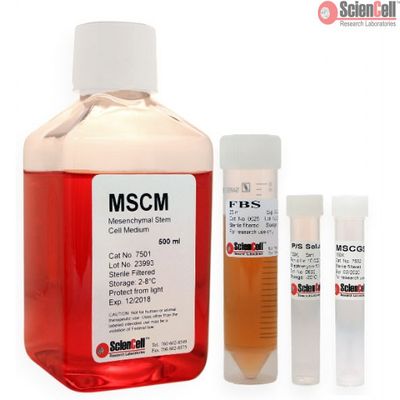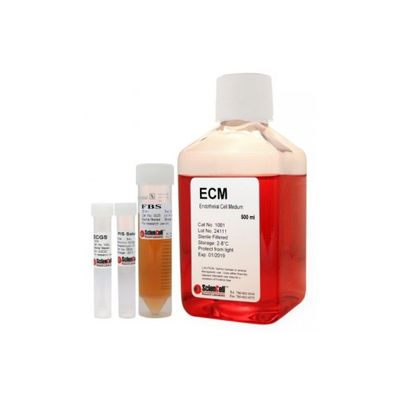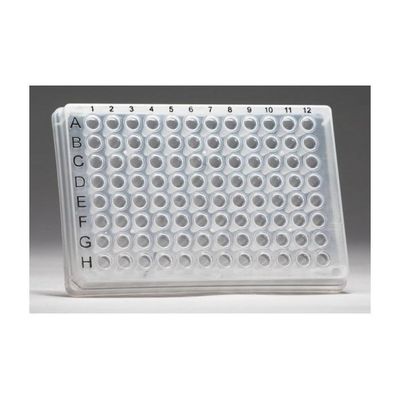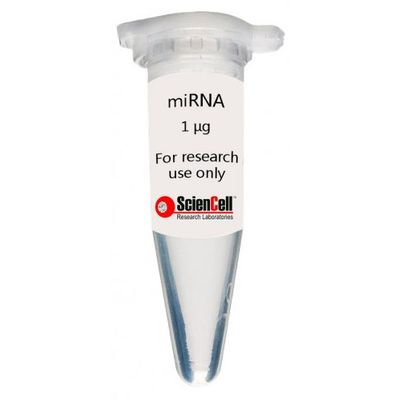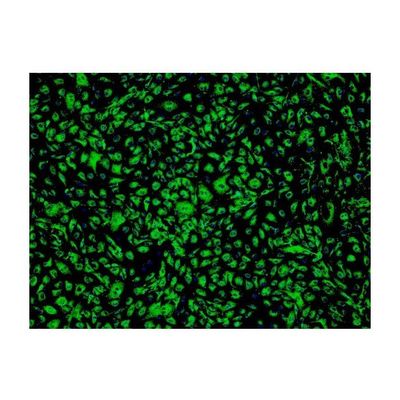

- Cell Culture Media
- Cell Culture Media - Specialty
- Genetics & Genomics - qPCR Array Kits - Body Systems - General Cell Biology
- Molecular Biology - RNA
- Primary Cells - Human - Cell Systems - Adipose Cell System
- Primary Cells - Human - Cell Systems - Cardiac Cell System
- Primary Cells - Human - Cell Types - Adrenal Cortical Cells
- Primary Cells - Human - Cell Types - Endothelial Cells
- Stem Cells - Human Pluripotent Stem Cells - Medium and Reagents
ScienCell Research Laboratories products
Cell Culture Media
ScienCell - Mesenchymal Stem Cell Medium
Cell Culture Media - Specialty
ScienCell - Endothelial Cell Medium
ECM consists of 500 ml of basal medium, 25 ml of fetal bovine serum (FBS, Cat. No. 0025), 5 ml of endothelial cell growth supplement (ECGS, Cat. No. 1052) and 5 ml of antibiotic solution (P/S, Cat. No. 0503).
Genetics & Genomics - qPCR Array Kits - Body Systems - General Cell Biology
GeneQuery - Human Hemostasis qPCR Array Kit
ScienCell’s GeneQuery™ Human Hemostasis qPCR Array Kit (GQH-HEM) profiles 88 key genes involved in stopping bleeding. Upon wounding, hemostasis generally involves vasoconstriction to prevent blood flow to the afflicted area, forming a temporary plug to inhibit bleeding, and then coagulation or blood clotting. Examples of disorders in hemostasis are hemophilia, thrombosis, and embolisms.
Molecular Biology - RNA
ScienCell - Human Astrocytes-hippocampal MicroRNA
Human Astrocyte-hippocampal microRNA (HA-h miRNA) is prepared from early passage Human Astrocytes-hippocampal using Life Technologies’ mirVanaTM miRNA Isolation Kit. The microRNA is purified by organic extraction and enriched by immobilization of RNA on glass-fiber filters. The microRNA is eluted and stored in nuclease-free water. MicroRNA from ScienCell Research Laboratories is a convenient and cost effective alternative to acquiring expensive tissues.
Primary Cells - Human - Cell Systems - Adipose Cell System
ScienCell - Human Adipose Microvascular Endothelial Cells
Microvascular endothelial cells line blood vessels and contribute to many biological processes such as angiogenesis, coagulation, trafficking of lymphocytes, and the inflammatory response. Microvascular endothelial cells are diverse and have specific cellular characteristics and functions depending on the organ/tissue in which they are located. Adipose tissue is unique because it has the capacity to continually grow throughout adult life. Thus, it has a high level of angiogenesis to provide the extensive vascularization required for adipose tissue. Studies have shown that angiogenesis precedes adipogenesis, implying that microvascular endothelial cells influence the proliferation of preadipocytes. At the same time, microvascular endothelial cell growth is stimulated by adipocyte secreted VEGG, suggesting a complex paracrine relationship between microvascular endothelial cells and preadipocytes during tissue development.

